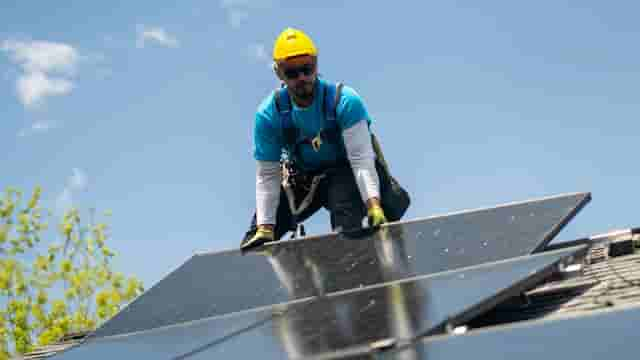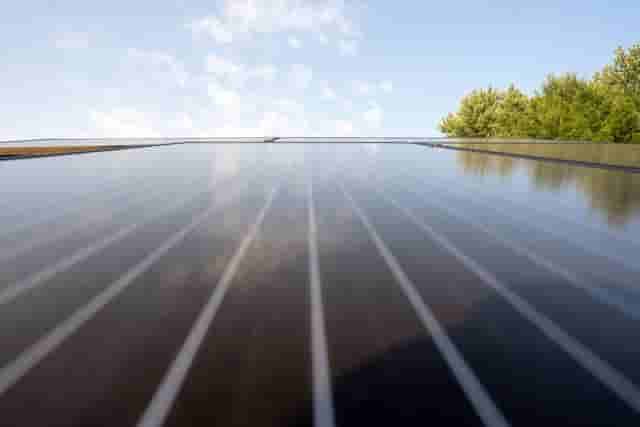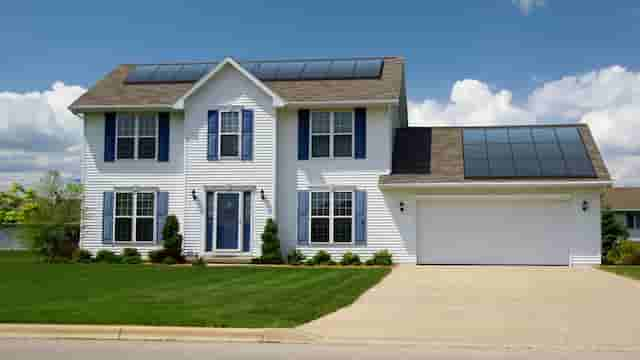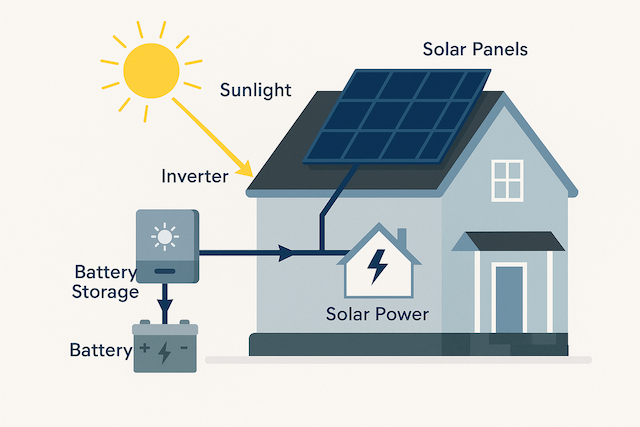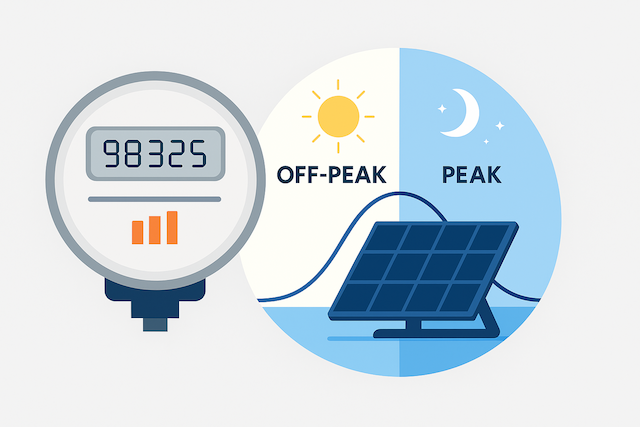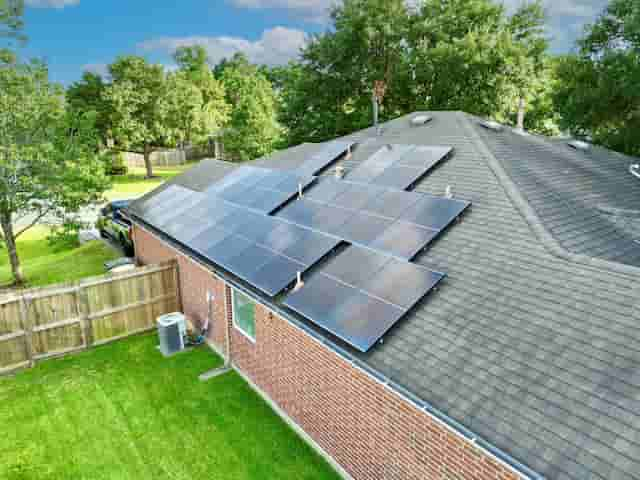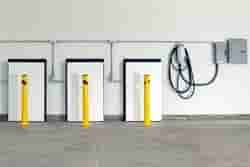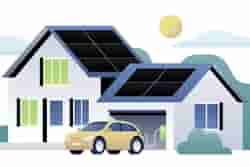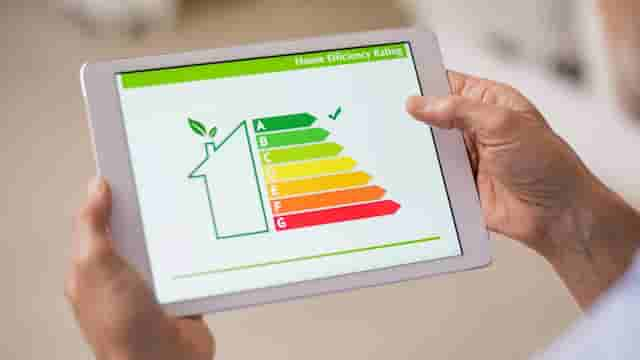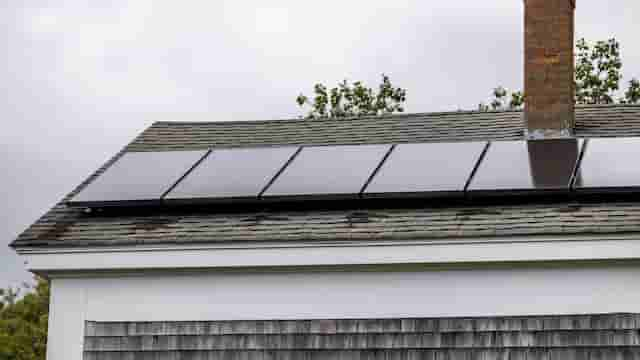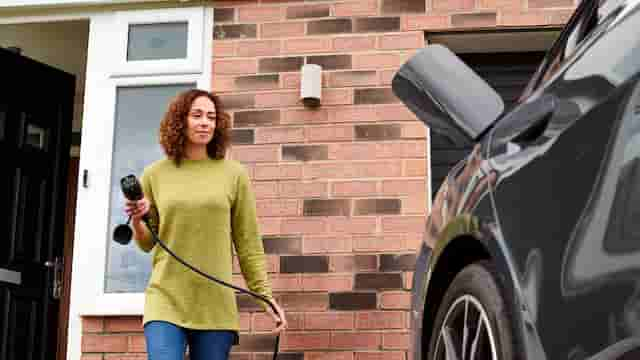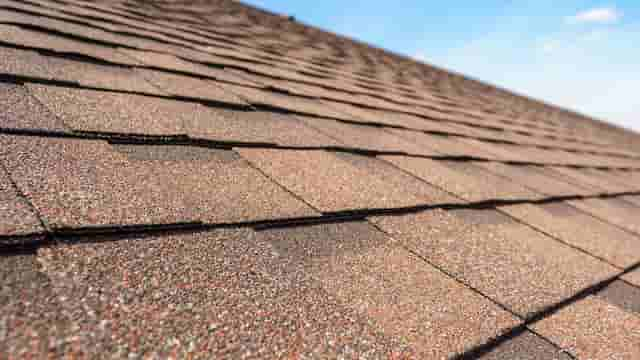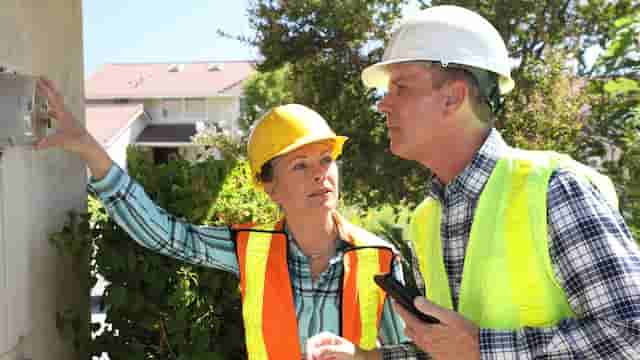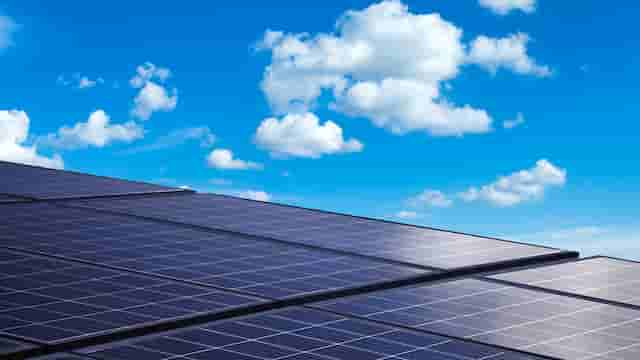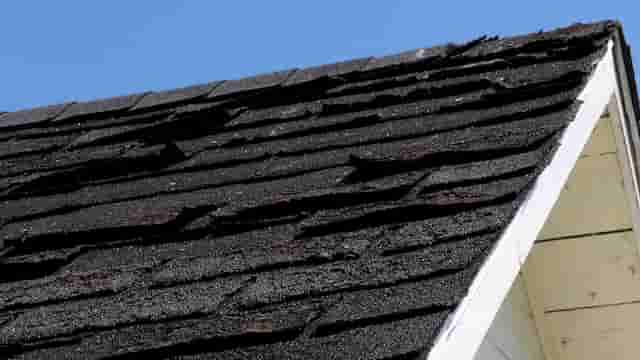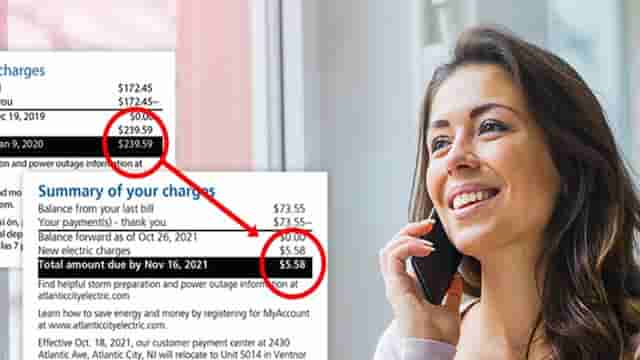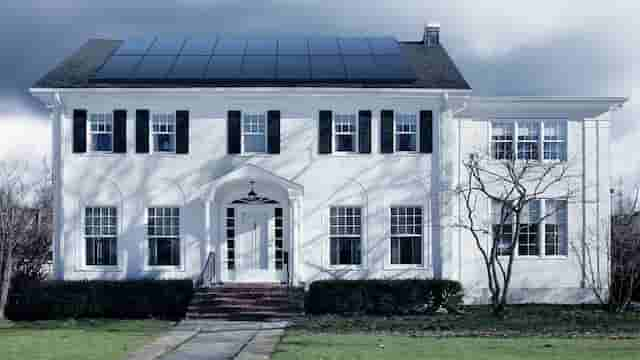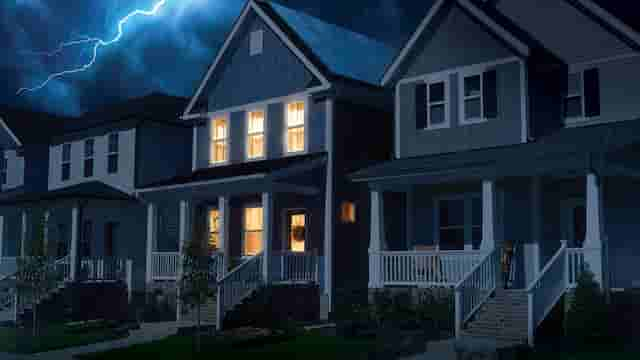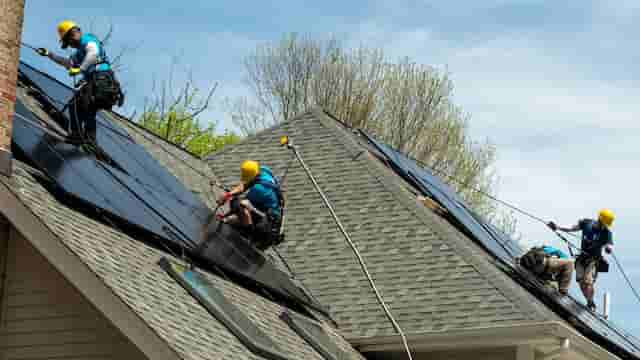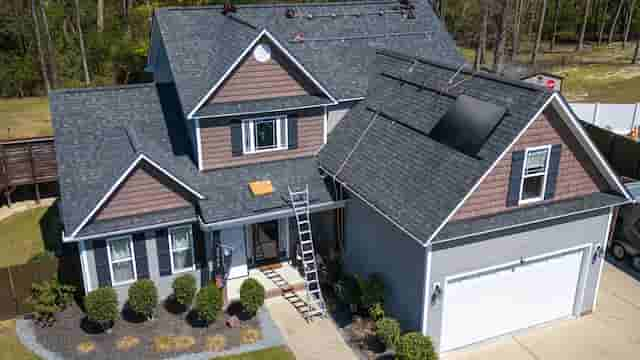Switching to solar energy involves several key steps—from design and permitting to installation and energization. Experienced installers like Trinity Solar streamline each stage to ensure a smooth, hassle-free experience. Understanding the solar installation journey will empower you to confidently switch to clean, renewable solar power.
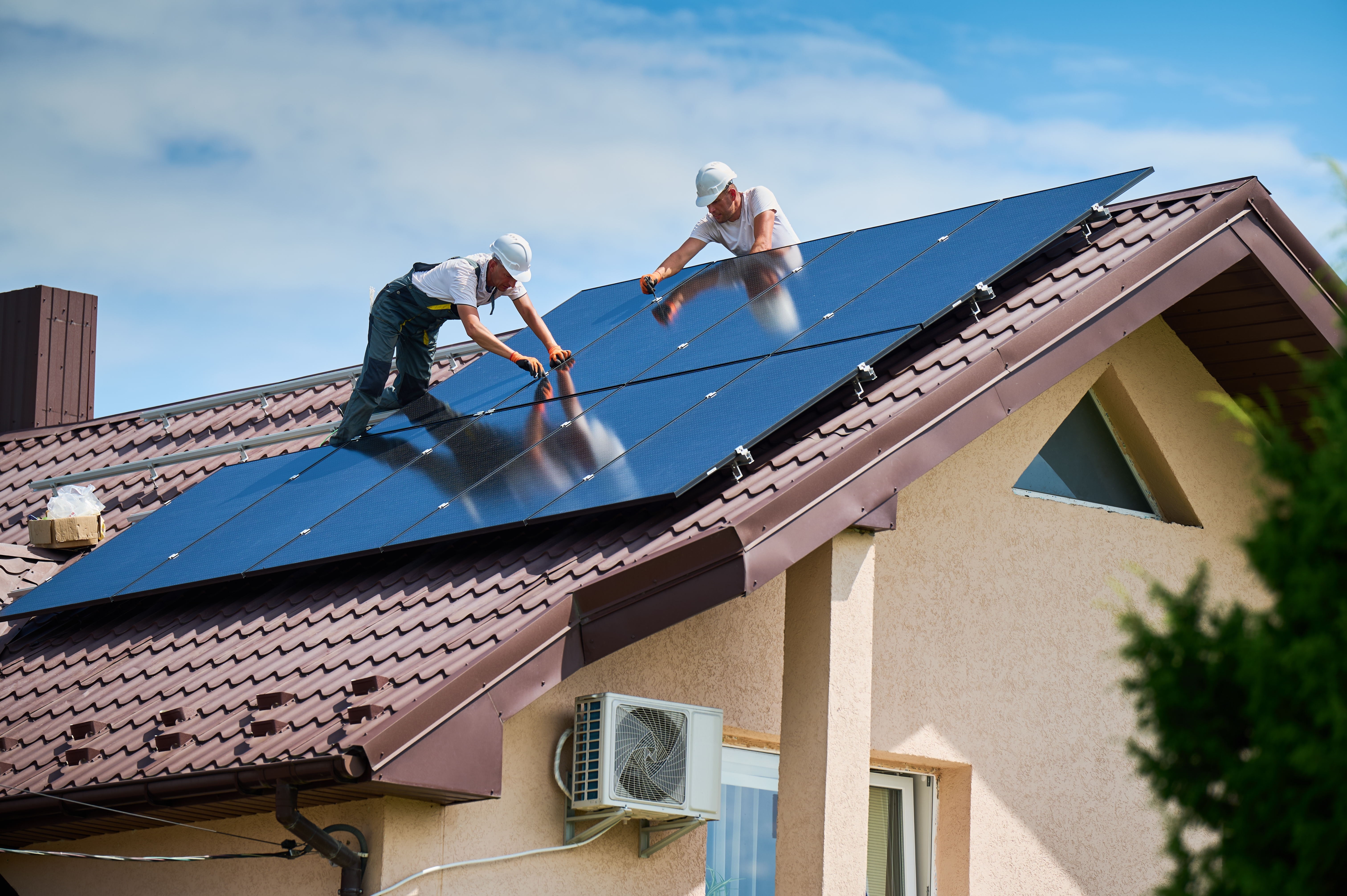
What to know before having panels installed
Before installing solar panels, you should assess your current energy consumption, roof condition, and local solar incentives. A professional evaluation can determine optimal panel placement, roof suitability, and potential savings. Addressing shading from trees or structures is essential for maximizing efficiency.
- Confirm your roof's condition and expected lifespan.
- Evaluate potential shading and optimal roof orientation.
- Understand estimated savings and available incentives.
A Solar Expert can help you with this step during a free consultation.
Contract and design
Following the initial assessment, you'll receive a detailed solar installation agreement and a custom system design tailored to your home's specific needs. Your agreement outlines the system specifications, pricing, warranty coverage, and expected energy output.
A carefully planned solar design ensures optimal energy production and long-term savings. Every homeowner should thoroughly review their solar contract and ask questions to fully understand the investment.
- Review your detailed solar installation agreement.
- Confirm the system size, layout, and projected energy production.
- Clarify warranty and service agreement details.
Get a free quote from Trinity Solar.
Permitting and approvals
Solar installations require permits and approvals from local governments and utility companies. This process verifies that installations meet local codes, safety standards, and regulations.
The U.S. Department of Energy recommends, "Working with experienced installers streamlines the permitting process, as they handle paperwork, inspections, and compliance with local codes."
- Obtain necessary building, electrical, and zoning permits.
- Coordinate approvals with your local utility.
- Allow time for permit processing.
Installation
Once permits are secured, the installation typically takes one to three days. Professional installers mount the panels, complete wiring, connect an inverter (which converts solar-generated electricity into usable energy), and integrate the system with your home’s electrical system.
- Professional installation completed within 1–3 days
- Secure panel mounting and electrical integration
- Minimal disruption to your daily routine
Learn about solar panel options from Trinity Solar
Inspection
Post-installation inspections by local authorities and utility companies confirm your solar system meets all codes, regulations, and safety standards. Passing this inspection is essential for system energization.
According to the National Renewable Energy Laboratory (NREL), "Proper inspections ensure the system is safe, reliable, and ready for long-term operation."
- Scheduled inspections by local building authorities
- Ensures compliance with safety codes and utility requirements
- Usually completed soon after installation
Energization
After inspection approval, your system receives Permission to Operate (PTO) from your utility company. Once activated, your solar system starts generating clean electricity.
- Official utility approval (PTO)
- System activated typically within days of inspection
- Immediate energy generation
Post PTO
After your system is energized, regular monitoring and occasional maintenance ensure optimal system performance. Online monitoring tools help track energy production and quickly identify any performance issues.
- Monitor system performance regularly through provided tools.
- Promptly report performance issues or questions.
Should I install solar panels myself?
DIY solar installation might initially seem appealing, but it poses safety, compliance, and efficiency risks. Solar installations require specialized expertise in electrical systems, roofing structures, and local regulations.
Professional installation ensures adherence to building codes, safety standards, warranty protections, and optimal system performance.
- DIY installations involve safety and compliance risks.
- Professional installation guarantees warranty validity and optimal performance.
By understanding each step in the solar installation process, you can confidently partner with a trusted installer like Trinity Solar. Professional guidance ensures a seamless, rewarding transition to solar energy, bringing savings and environmental benefits. Get started by setting up a free solar consultation today.

